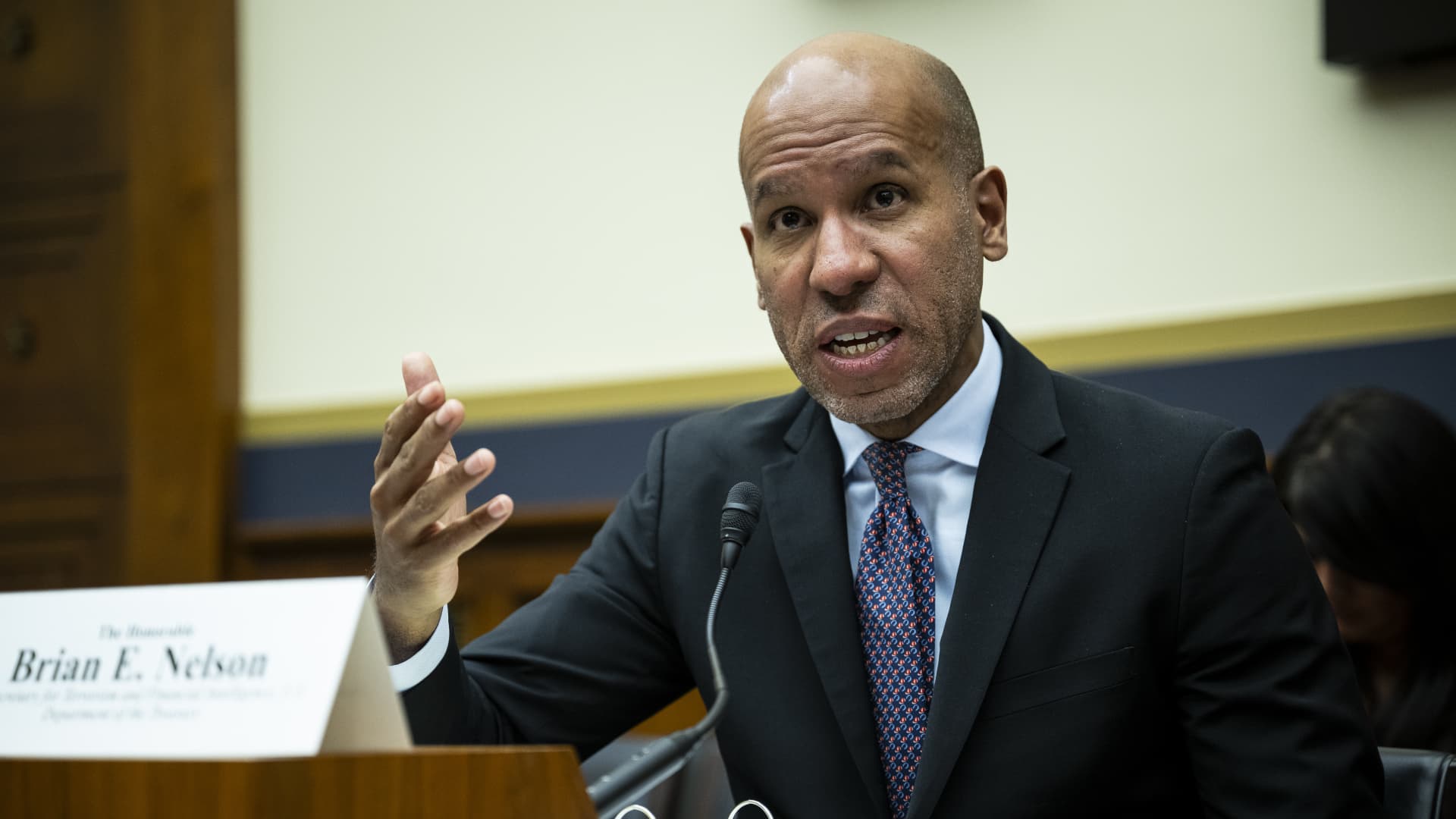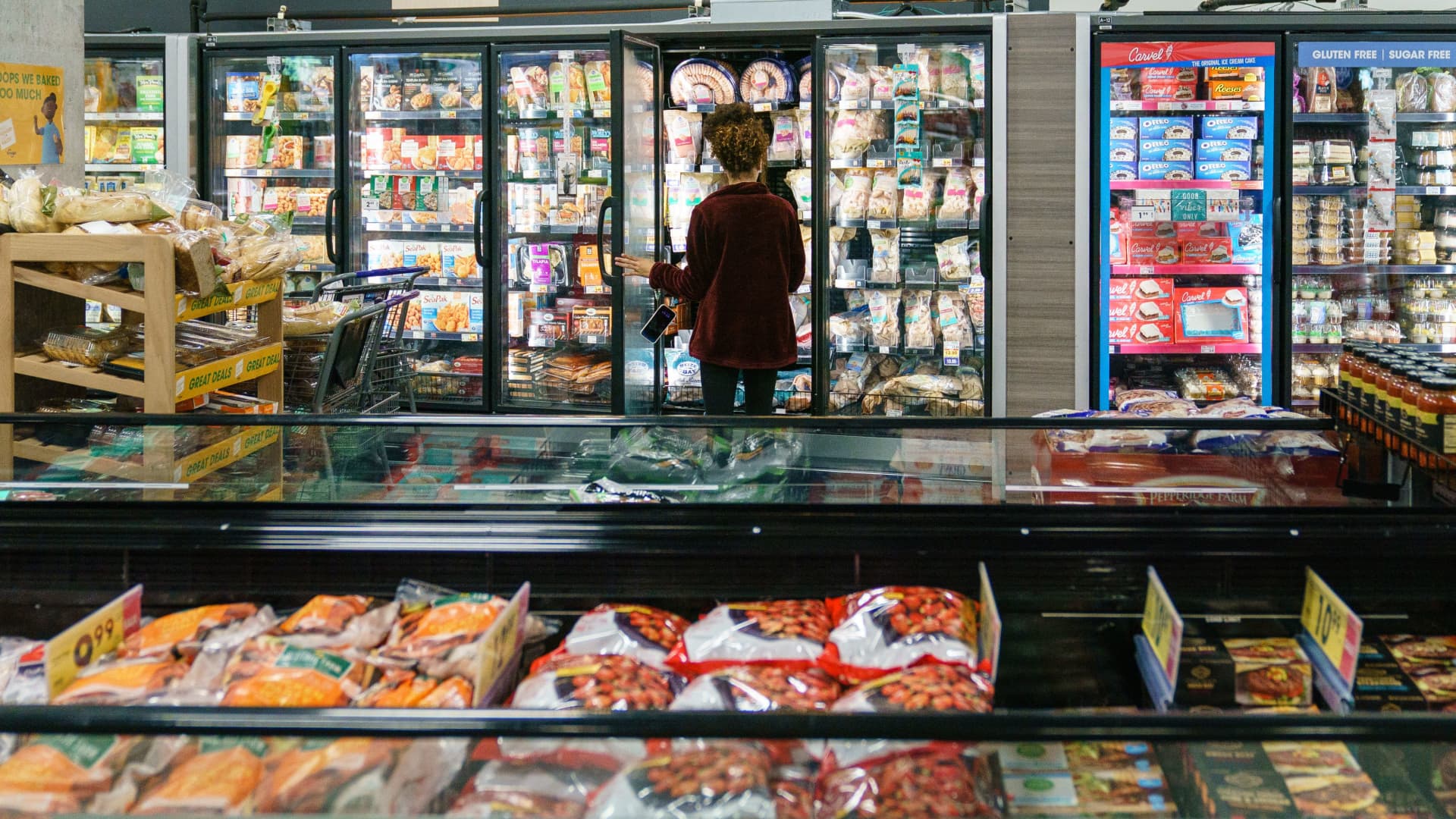Nearly two decades after fast-casual salad chain Sweetgreen was founded, the company announced Tuesday that it would add beef to its menu.
According to Nicolas Jammet, a founder of Sweetgreen, the addition of a caramelized garlic steak comes at a time when many Americans are trying to increase their protein intake and Sweetgreen also wants to attract more dinner customers.
But the decision leaves many questions unanswered about how the company, which has more than 225 locations, can meet its goal of carbon neutrality by 2027, when beef production is a major contributor to climate change. The company’s website states: “Not only do we have a duty to do our part on a human level, but the business case for a great product that also protects the planet is clear.”
Mr. Jammet said the company waited to introduce steak in part because it was difficult to prepare in restaurants, among other reasons, but also because Sweetgreen wanted to be conscious about its sourcing of beef.
“We could have had a steak before, but we started without it and our business did really well,” Mr. Jammet said.
He added: “As more people eat more meat, we see this as an opportunity to really be a changemaker and catalyst in the supply chain.”
A company spokeswoman said the beef is primarily pasture-raised on farms in Australia and New Zealand that are “based on the principles of regenerative agriculture and selected for their high animal welfare standards and low-impact impact on the land.”
Part of the company’s strategy to achieve carbon neutrality is the purchase of carbon offsets, the effectiveness of which is often difficult to assess.
And while there is no official certification for regenerative agriculture, it generally uses techniques that maintain healthy soils and sequester carbon in plant roots and tissues. Carbon is then stored in the soil, preventing it from re-entering the atmosphere as carbon dioxide or methane, two factors that contribute to global warming.
However, experts disagree about the extent to which this method contributes to creating sustainable beef.
Beef accounts for about three percent of the calories in the American diet, but accounts for about half of the country’s agricultural land use and produces a significant portion of our greenhouse gas emissions, said Tim Searchinger, a senior research scientist at Princeton University and a fellow at the World Resources Institute . While cows digest grass, they also burp large amounts of methane, a greenhouse gas.
“The bottom line is: Beef is very, very inefficient,” Mr. Searchinger said. “And it’s not just me talking about it. This is not a good move by Sweetgreen.”
He added: “A pound of beef from the best pasture in the world is still much worse than a pound of chicken, let alone a pound of lentils.”
However, some ranches across the country have been practicing regenerative practices for decades and are seeing benefits.
“A lot of the criticism is based on studies that are relatively short-term,” said Hugh Aljoe, director of ranches, outreach and partnerships at Noble Research Institute, a nonprofit agricultural research organization. “Our ecosystem did not develop in short three- to five-year studies. Carbon fluxes in our environment.”
“We must realize that we are only part of this earth for a short time,” Mr Aljoe added. “It has taken eons to build the natural ecology found in North America, and it is up to us to better understand how we can manage and apply our practices to be more long-term and resilient – financially and ecologically.” – sustainable environment for future generations.”
Source link
2024-05-07 12:30:06
www.nytimes.com
















